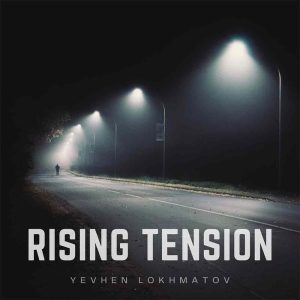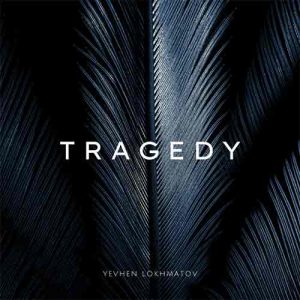Cinematic music, also known as film music or movie music, refers to the music composed specifically for use in films. This music plays a vital role in setting the mood, enhancing the emotions, and driving the narrative of a film.
One of the earliest examples of cinematic music can be traced back to 1895, when the Lumiere brothers used music to accompany their films. Since then, the use of music in films has evolved significantly, and today, cinematic music is an integral part of the film industry.
The role of the composer in creating cinematic music is crucial. The composer works closely with the director to understand the vision and the tone of the film and creates music that complements and enhances the overall experience. The music should not distract from the visuals but rather support and enhance them.
There are different approaches to creating cinematic music, and the composer has a range of options to choose from. One common approach is to use pre-existing music, also known as source music, which can be anything from popular songs to classical pieces. This approach is often used to set the mood or reflect the time period in which the film is set.
Another approach is to create original music specifically for the film. This allows the composer to create music that is tailored to the film and enhances the specific emotions and themes of the film. Original music is often used in combination with source music to create a more cohesive and immersive experience for the viewer.
One of the key elements of cinematic music is the use of leitmotifs, which are musical themes that are associated with specific characters or themes in the film. These leitmotifs are used throughout the film and help to establish the emotional connection between the music and the visuals.
In addition to leitmotifs, cinematic music also makes use of other techniques such as counterpoint, which involves the use of multiple melodies played simultaneously, and harmony, which involves the use of multiple notes played together to create a chord. These techniques help to create a sense of depth and complexity in the music, enhancing the overall emotional impact of the film.
The use of music in films has evolved significantly over the years, and today, there are a wide range of options available to composers when it comes to creating cinematic music. From classical orchestral scores to electronic music, the options are endless, and the choice of music depends on the specific needs and vision of the film.
In conclusion, cinematic music plays a vital role in the film industry, enhancing the emotions, setting the mood, and driving the narrative of a film. The composer has a range of options to choose from when it comes to creating cinematic music, and the use of techniques such as leitmotifs and counterpoint help to create a more immersive and emotional experience for the viewer.
This music is created for free unlimited usage on social media sites such as Youtube, Facebook, Instagram, TikTok etc. With your convenience in mind almost all compositions included different edit versions. Streaming platforms links gives access to listen and save tracks to your playlists. Please notice some restrictions about monetization here: Terms Of Use or F.A.Q.









